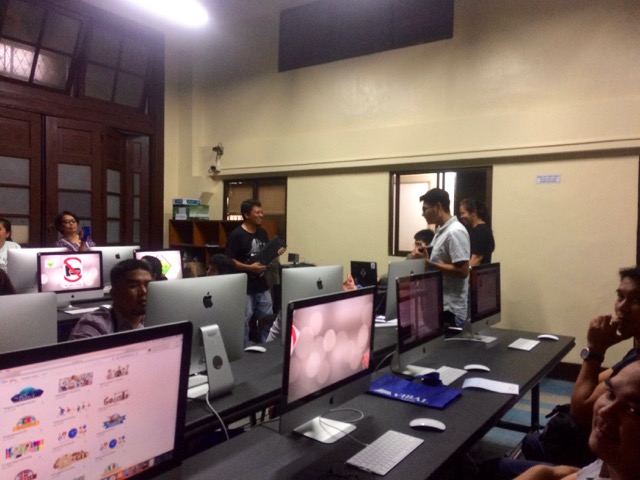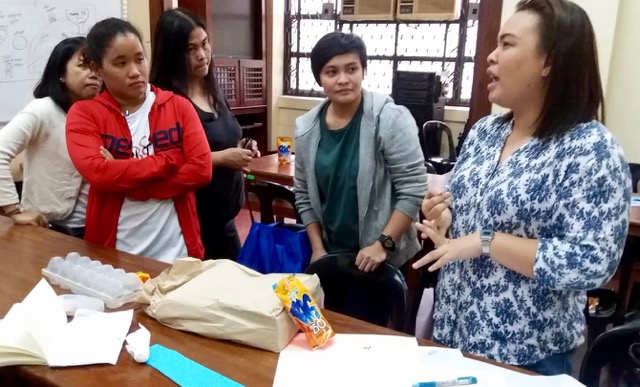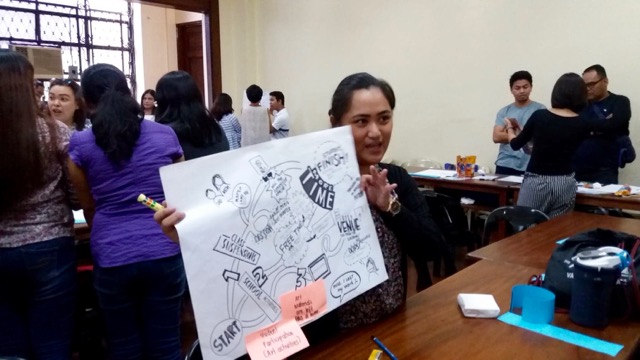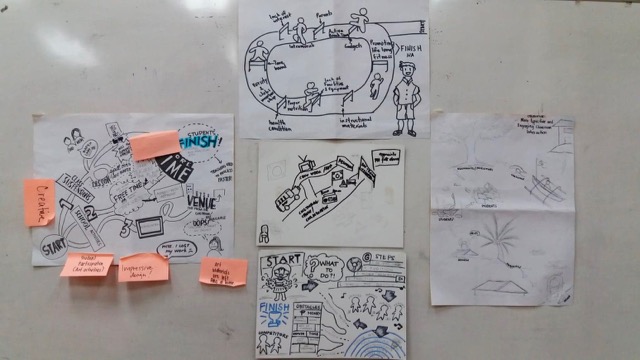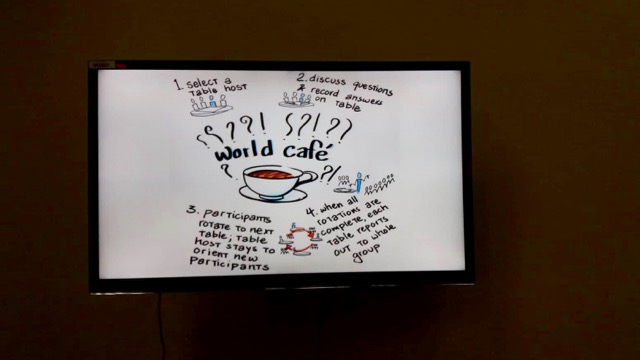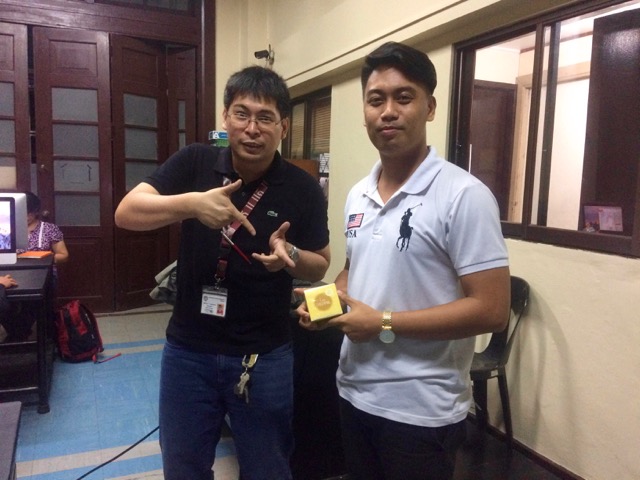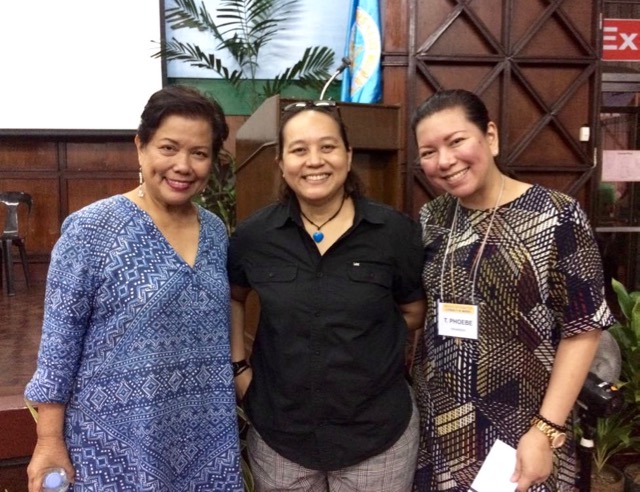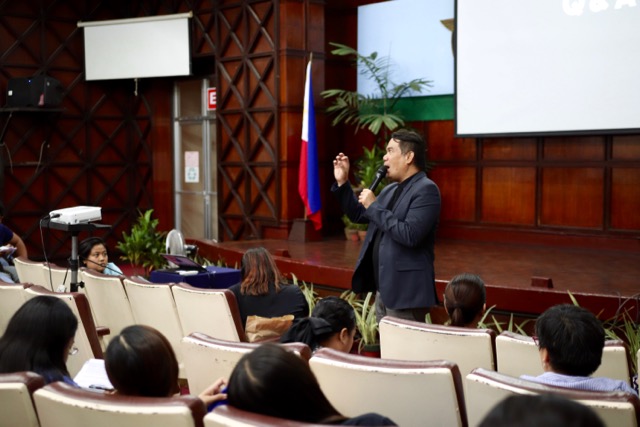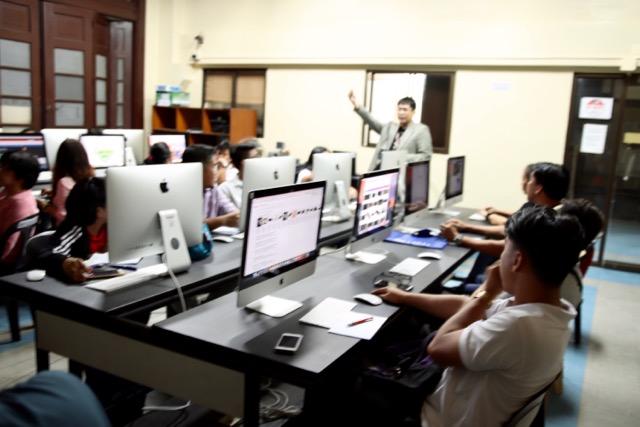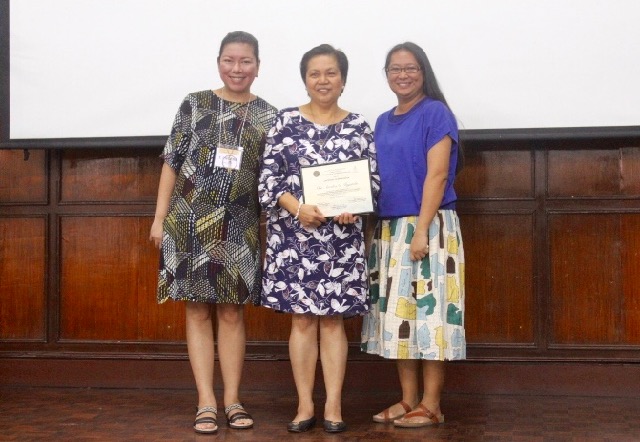Last July 7, 2018, the Art Education and Health Education areas (launched) the 3rd National MAPEH Symposium, this year’s theme being “Media and Information Literacy in MAPEH”. It was held at the Benitez Theater in the UP Diliman College of Education. The morning session was comprised of talks from two educational practitioners, while participants attended a workshop of their choice in the afternoon session.
The first speaker Dr. Amelia Fajardo started her talk by clarifying the differences and relationship between curriculum and instruction. She discussed what makes a good curriculum and one of which is its openness to integration with other disciplines. The three approaches to curriculum integration, namely, multidisciplinary, interdisciplinary, transdisciplinary, were compared then presented. Questions from the participants raised the challenge of integration in the instruction level, particularly how it could be made flexible to keep up with sudden changes. Ultimately, Dr. Fajardo advised to always check the needs of the learners and the set curricular and instructional objectives.
Dr. Ferdinand Pitagan, a practitioner in Educational Technology, proceeded to talk about Media and Information Literacy for the Filipino learner and teacher. He made teachers reflect on their use of technology inside the classroom, and reiterated that such technology includes not only the more modern ones, but traditional materials as well. He also encouraged teachers to become creators of content and not be limited as users by creating their own tools that would fit the needs of their students best. Dr. Pitagan then spoke about how blended learning, a method that combines use of technology and personal interaction, and other forms of eLearning and how each can be beneficial. Lastly, he recounted the skills necessary for the 21st century classroom – collaboration, communication, creative thinking, and critical thinking, and noted that these should also be kept in mind in using and creating materials for the learners.
The participants of Ms. Libay Cantor’s workshop were treated to a cinematic experience as they watched clips of movies on the big screen of the Benitez Theater. Ms. Cantor facilitated the assessment and discussions of each video and how these may be used in teaching MAPEH by discussing valuable insights on color, music, mood, effectiveness, and other elements in the film. Ms. Cantor stressed the importance of making sure that teachers are able to discern the most appropriate material for their students.
In his workshop about using gaming as a tool in MAPEH, Mr. Jon Paul Maligalig showed different ways to incorporate games, digital or otherwise, in the classroom experience. He dwelled on how gaming can be used as a classroom motivation and as an agent for further learning. He demonstrated the use of certain software that would help students better engage with lessons. One such software is “Frets on Fire,” a program that emulates musical instruments, allowing an experience similar to a rock band. Prof. Maligalig also encouraged the use of other media types, from visual novels, to dance simulations, and even role-playing games. He also gave pointers on how to incorporate a game-like progression system in a particular class.
The workshop of Ms. Karmina Alejandro focused on how to incorporate information and communication (IEC) materials in classroom activities. Ms. Alejandro showed techniques that MAPEH teachers can integrate in their everyday lesson to make it more appealing to the diverse students of today. The workshop also tackled ways on combining environmental conservation and awareness as it is also part of her advocacy. The participants were then asked to create a product and its supporting IEC materials.
The workshops ended at 4:30 PM. This event was sponsored by Vibal Publishing, and Prestige Paper Products.
Write-up by Nicole Catherine Chiu and Patricia Joyce Cruz